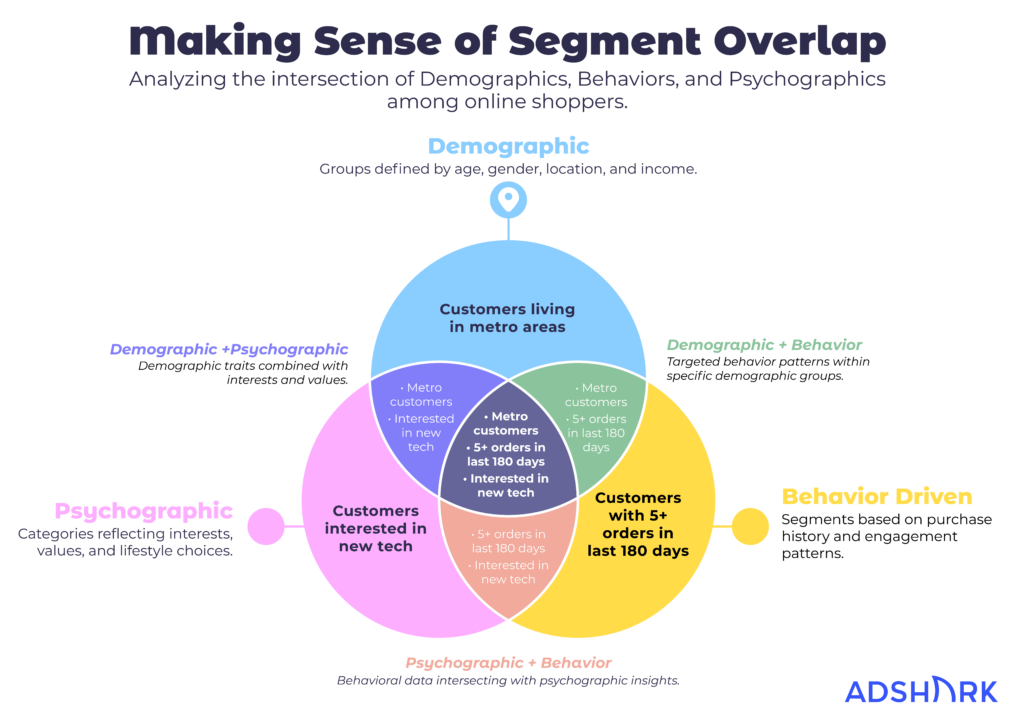Should You Send Email Campaigns to Your Entire List?
Email marketing has long been a cornerstone of digital marketing strategies. However, if you’re an entrepreneur, business owner, or marketer just starting out with email marketing, you may be tempted to blast your emails to everyone on your list. This approach might seem logical—after all, more recipients could mean more engagement, right? In reality, sending emails to your entire list without any segmentation can be detrimental to your campaign effectiveness and overall email deliverability.
The Importance of Segmentation
Segmenting your email list allows you to tailor your messages to specific audience groups, making your content more relevant and engaging. According to Campaign Monitor, personalized emails can generate up to six times higher transaction rates. When you understand your subscribers’ interests and behaviors, you can send them content that resonates with their needs.
Real-Life Example: Target
Target excels in email segmentation by leveraging customer data to deliver personalized experiences. They utilize purchase history and browsing behavior to craft highly tailored product recommendations. This precision in targeting not only boosts the chances of making a sale but also elevates customer satisfaction by delivering relevant and timely suggestions. Target’s approach demonstrates the power of data-driven marketing to foster customer loyalty and drive revenue.
When emails are relevant to the recipient, they are more likely to open and engage with them. According to Mailchimp, segmented campaigns can result in open rates that are 14.31% higher than non-segmented campaigns. Higher engagement metrics like open and click-through rates (CTR) lead to better conversion rates and a more successful email marketing strategy.

Legal and Regulatory Compliance
GDPR and CAN-SPAM Act
Sending emails without proper consent can lead to severe legal consequences. Under the General Data Protection Regulation (GDPR), businesses must ensure that recipients have explicitly opted-in to receive their emails. Similarly, the CAN-SPAM Act in the U.S. mandates clear unsubscribe options and penalizes unsolicited emails.
Protecting Sender Reputation
Service providers like Google and Yahoo are increasingly protective of their users. Sending mass emails indiscriminately can lead to higher spam complaints, damaging your sender reputation. A poor sender reputation affects your deliverability rates, meaning fewer emails will reach inboxes. Segmented and relevant emails help maintain a good reputation and improve overall deliverability.
Ways to Segment Your Email List
Sending the same message to everyone on your list is like talking about baseball to someone who only watches soccer. By using demographic, behavioral, and psychographic data, you can deliver more targeted messages, leading to better engagement and higher conversions. Let’s take a look at what that means and how it can be used to send more impactful emails.
Demographic Segmentation
Start by segmenting your list based on demographic factors such as age, gender, location, and income level. This basic segmentation helps tailor your messaging to different audience groups.
Behavioral Segmentation
Analyze subscriber behaviors such as past purchases, browsing history, and email engagement. Use this data to create segments that focus on subscriber interests and behaviors.
Psychographic Segmentation
Consider your subscribers’ lifestyles and preferences. Segmenting based on values, attitudes, and interests can provide deeper insights into what might drive your audience to engage with your content.

How to use demographic, behavioral, and psychographic data (and its overlap) to create more targeted segments.
Real-Life Example: Re-engagement Campaigns
A leading e-commerce brand regularly runs re-engagement campaigns to target inactive subscribers. They send a series of emails offering exclusive discounts and asking recipients if they still want to receive updates. Those who remain unresponsive are removed from the list, ensuring that only engaged subscribers continue to receive emails.
Email Sender Deliverability and Reputation
Why It Matters
Your sender reputation is a critical factor in determining whether your emails land in the inbox or the spam folder. Internet Service Providers (ISPs) monitor your sending practices and engagement rates to assess your reputation. Poor practices like sending to an unsegmented list can lead to higher bounce rates and spam complaints, damaging your reputation and reducing deliverability.
Improving Deliverability
Focus on sending high-quality, relevant content to segmented lists. Monitor your engagement metrics and adjust your strategies accordingly. Using double opt-in methods and maintaining a clean email list are effective ways to enhance your sender reputation.
As email service providers become more protective of their users, effective email marketing requires a strategic approach. Segmenting your email list and sending targeted, relevant content not only improves engagement but also ensures compliance with regulations and protects your sender reputation.
Want to evaluate your list hygiene and sender deliverability? Reach out to AdShark for a free audit and let us help you optimize your email marketing strategy.
Ready To Grow?
Let's Talk!


